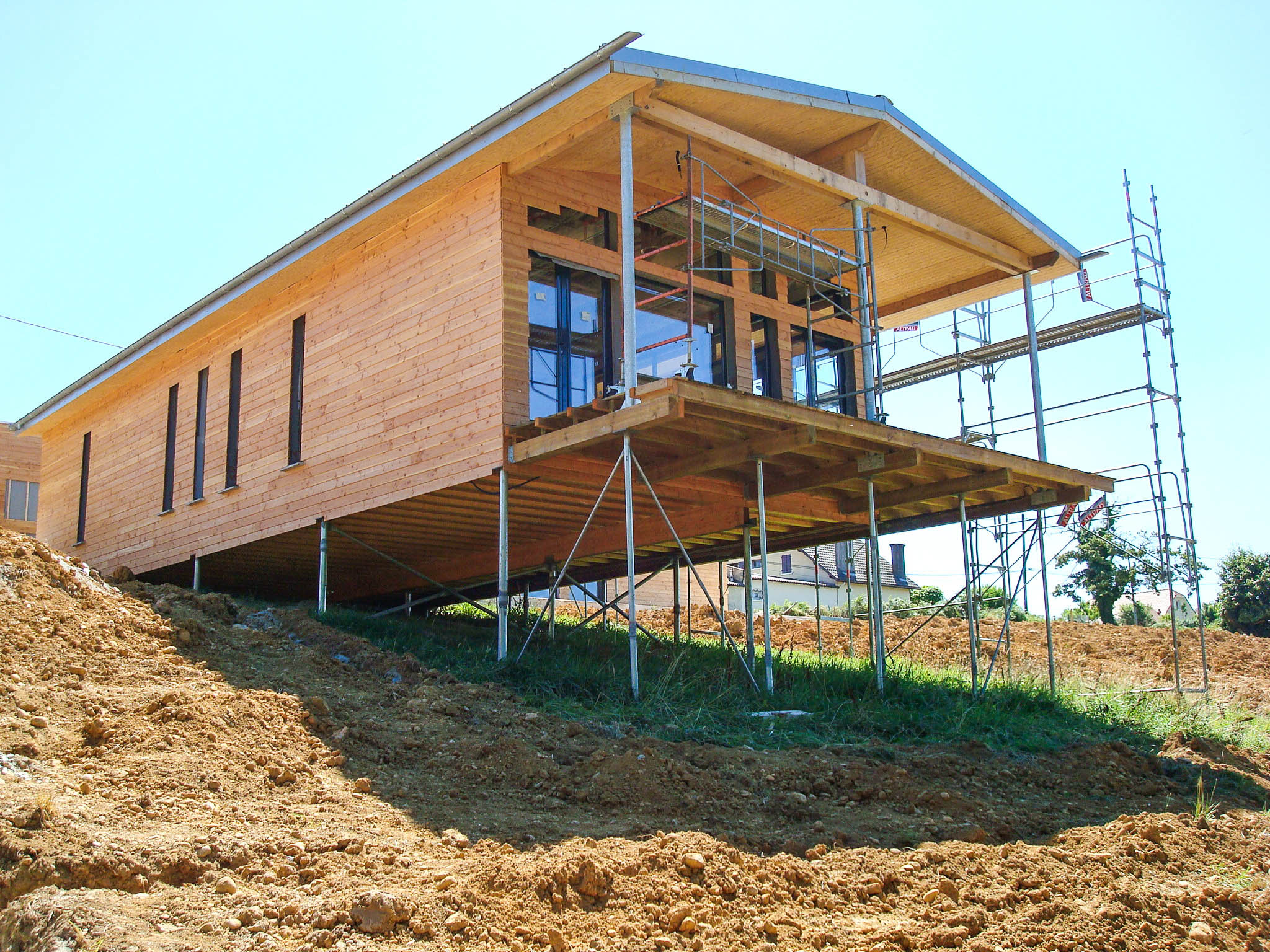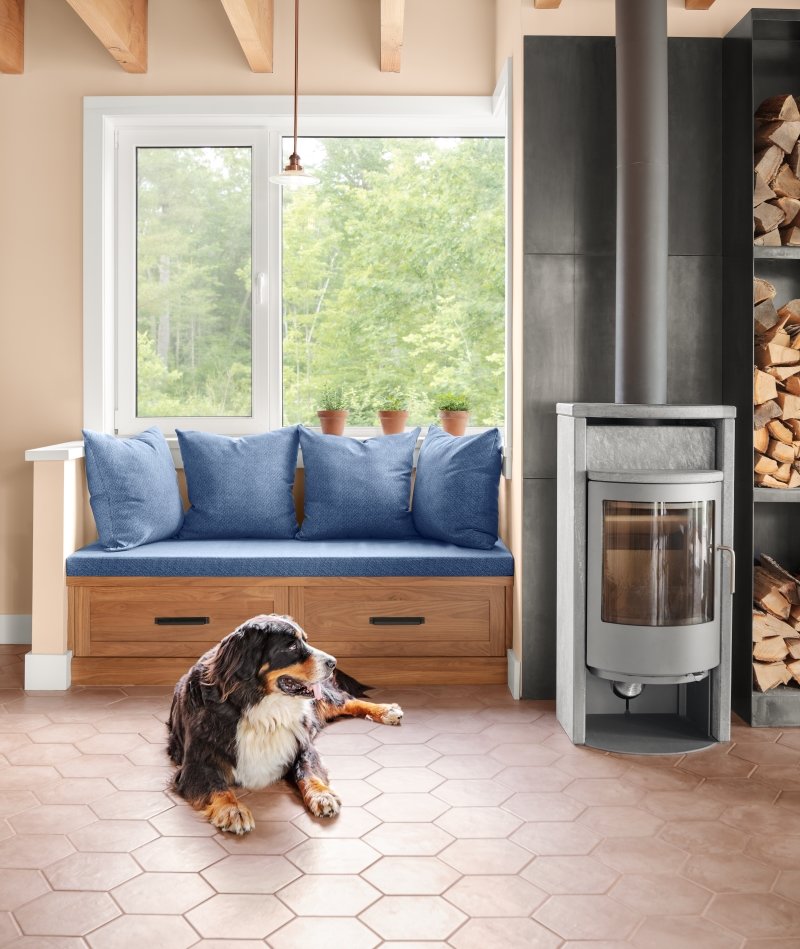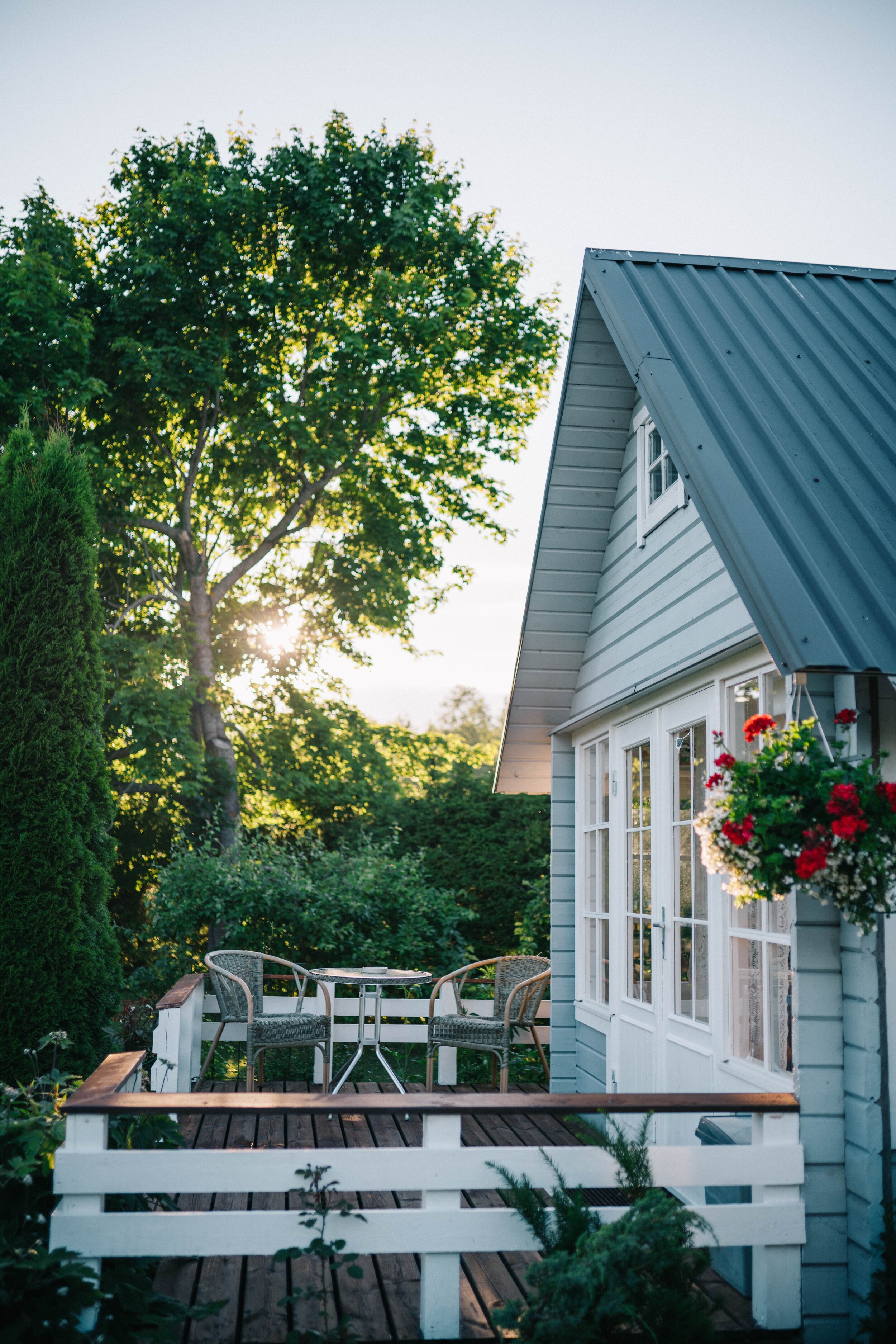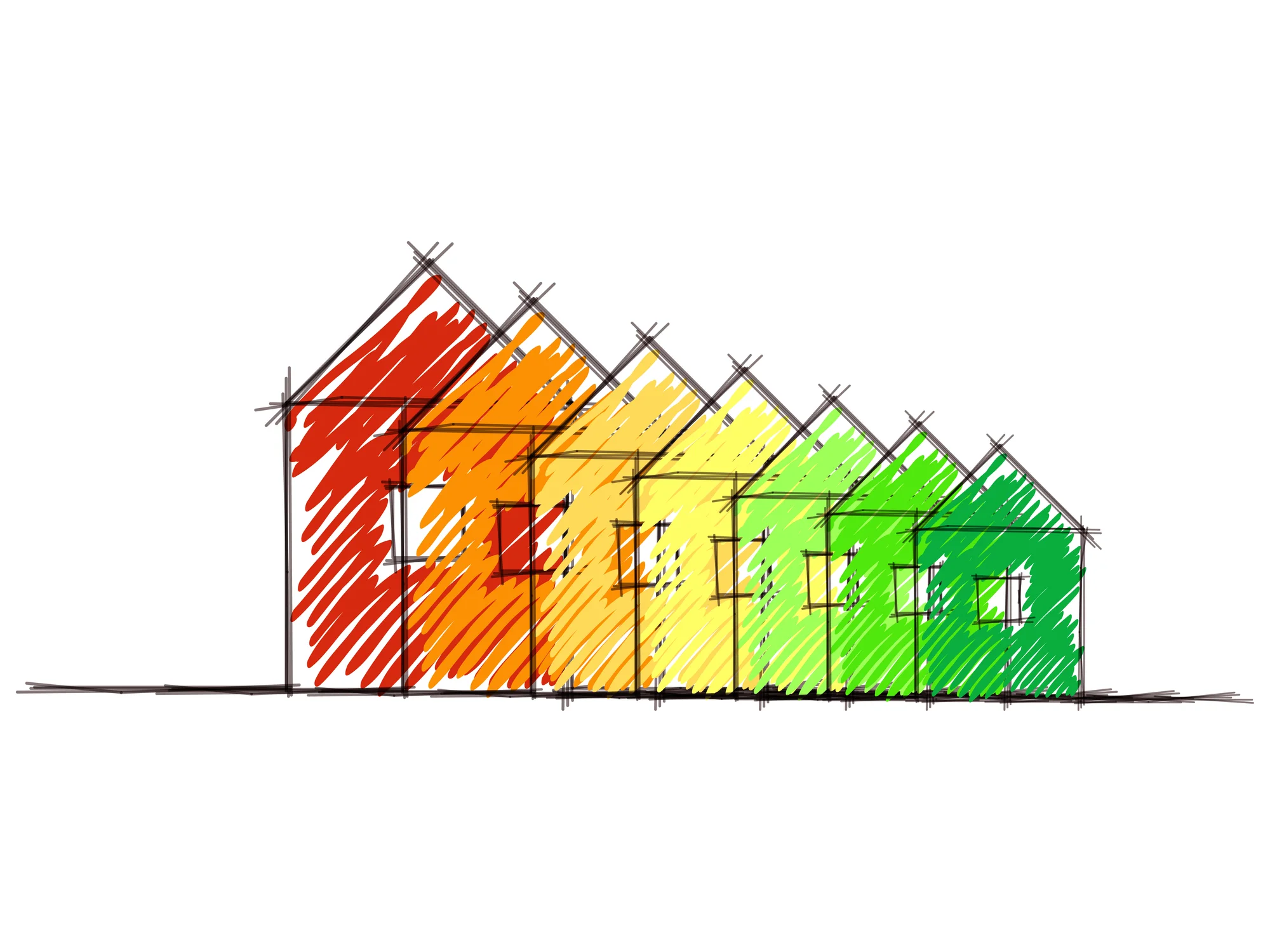Building Science 101
What is building science?
Houses and other buildings are every bit as complicated as a car, a computer or other complex system. The study of the various disciplines at work and how your home (or other buildings) behaves as a system is called building science.
Building science is based on thermodynamics but also includes chemistry, biology, physics and even accounting, as people generally need financial justification for non-aesthetic home improvements. (Nobody asks what the payback is for granite counters, the standard punching bag in the building science world.)
If you’ve ever wondered how something in your house works (or doesn’t work), from furnace sizing to mold growth, sagging beams to knocking pipes, you have wondered about building science. In each issue we cover one or more building science topics. See below for the articles in the BS 101 series, written by contributors Michael Maines and Parlin Meyer.

Michael Maines designs homes and renovations that prioritize health and comfort, incorporating building science principles to create resilient, low-impact structures. Michael is a member of the Green & Healthy Maine HOMES advisory panel.

Parlin Meyer is Director of BrightBuilt Home, a design firm in Portland that uses off-site construction manufacturers to build modified and custom versions of its high-performance home designs.















